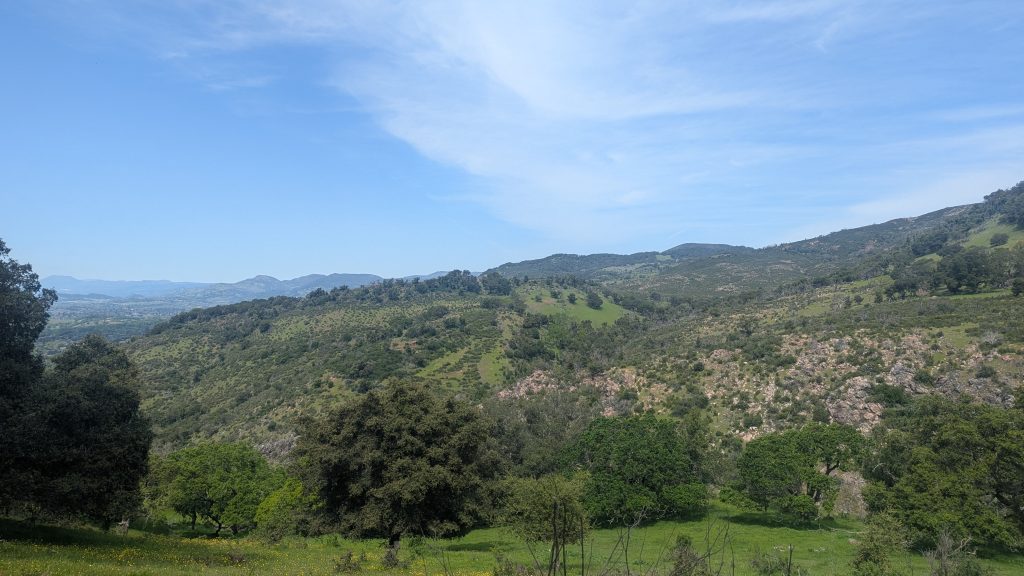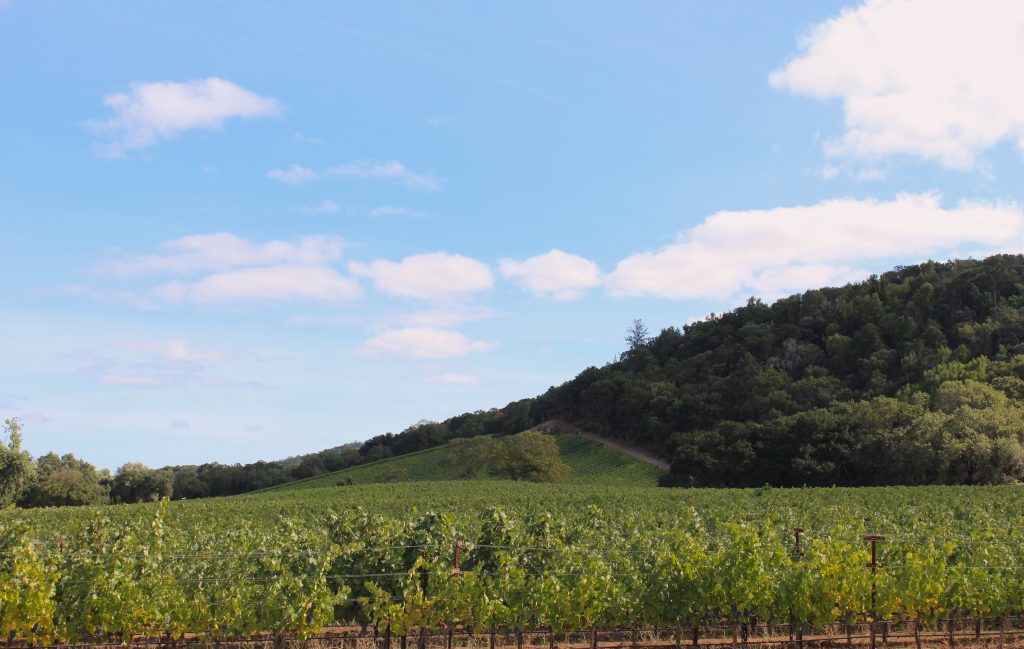Our Work

What is a Conservation Easement?
A conservation easement is a voluntary, legally binding agreement between a landowner and a qualified organization or public agency. It is used to permanently protect natural, agricultural, open space, historical, forested, and/or scenic resources on the landowner’s land. In California, this is authorized by California Civil Code §815.
Understanding Conservation Easements
Conservation easements are powerful tools for protecting Napa County’s natural resources, open spaces, and agricultural heritage for future generations. These voluntary, legally binding agreements allow landowners to preserve the unique character and resources of their land while retaining ownership. By placing specific limits on development or other uses, conservation easements ensure that vital resources—such as wildlife habitats and corridors, watersheds, scenic landscapes, and productive farmlands—are protected forever.
At the Land Trust of Napa County, we work closely with landowners to craft tailored conservation easements that reflect their conservation goals and protect the land’s ecological and cultural values. Each easement is unique, allowing for flexible approaches that honor the needs of the landowner while upholding the commitment to conservation. Once established, these easements become permanent legacies, safeguarding the land’s natural integrity and benefits to the community and environment for generations to come.
FAQ’s
A conservation easement is a voluntary, legally binding agreement between a landowner and a qualified organization or public agency. It is used to permanently protect natural, agricultural, open space, historical, forested, and/or scenic resources on the landowner’s land. In California, this is authorized by California Civil Code §815.
The Land Trust works with the landowner to develop a set of terms for the conservation easement, aimed at protecting certain aspects of the property. Afterwards, the landowner continues to own the land, is responsible for its management, and retains the ability to sell the land or pass it on to future generations. Many properties in Napa have changed hands after landowners have completed conservation easements that protect them.
Conservation easements protect land by removing some of the development potential, typically industrial or commercial development. It is important to note that a conservation easement is not an “all or nothing” approach to land conservation. An easement may cover part of the property. Conservation easements may allow some residential, commercial and agricultural uses, both existing and potential future uses. Also, conservation easements are flexible and tailored to meet each landowner’s individual needs while protecting unique natural, open space or agricultural characteristics of the property.
No, the land continues to be private property, so public access is not allowed. A landowner can specifically request public access be allowed. Otherwise, conservation easements rarely allow public access.
There are a range of benefits provided by conservation easements. Many landowners pursue conservation easements because they want to protect some cherished attribute of their land: a meadow, a forest, an oak woodland, a stream, a vineyard. Others want to ensure that historical features are protected in perpetuity. For many landowners, the financial rewards resulting from easements can make it easier to pass on their land to their heirs. Other landowners might intend to sell their land but also want to ensure that it is not later converted into a residential or commercial development. Finally, landowners have also expressed their interest in participating with others in Napa County to permanently protect the beauty of this unique place. The financial incentives involved – income, estate and/or property tax benefits – are often important as well. Whatever the reason, it is essential to plan ahead to protect your land forever.
Working with the Land Trust of Napa County allows you to protect your property in perpetuity, while receiving financial benefits today. Since 1976, the Land Trust has developed an efficient and proven program that can ensure a property’s protection – forever. The Land Trust is an active member of local, regional and national land conservation communities, keeping up with the best practices in land conservation, and can bring the latest ideas to discuss with you about approaches to conserving your land. The Land Trust holds more than 150 easements in Napa County, protecting tens of thousands of acres. Our approach has proven to be successful with a large number of landowners across the county. And in fact, after completing their first conservation easement, numerous landowners have come back to pursue additional easements with the Land Trust.
Learn More

Conservation easements are complex and unique to both landowners and properties. We are more than happy to provide more information and talk specific details with you about your property.
Please contact:
Lena Pollastro, Conservation Director: 707.252.3270 x16
Support Our Work
Our work is made possible by the generous support of individuals like you. As a community-based nonprofit, we depend on donations—both big and small—to protect the land and legacy of Napa for generations to come. Your contribution is an investment in Napa’s future. Every dollar makes a difference in preserving the beauty and vitality of our community. Join us in making a lasting impact today.
One-timeDonation
Your one-time gift helps protect the land, water, and wildlife that make Napa County extraordinary. Every donation makes a difference—thank you for being part of this important work.
BECOME AMember
When you become a member of the Land Trust, you join a community committed to protecting the land, water, wildlife, and natural beauty of this extraordinary place. Your support helps us permanently safeguard open spaces, working lands, and critical habitats across Napa County.
BECOME A Volunteer
Volunteers are essential to the daily work of the Land Trust. More than 100 dedicated individuals help lead hikes, monitor properties, care for preserves, and support fundraising efforts—playing a vital role in protecting Napa County’s natural resources.

